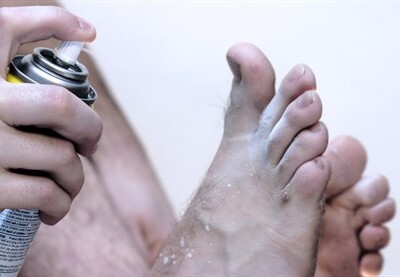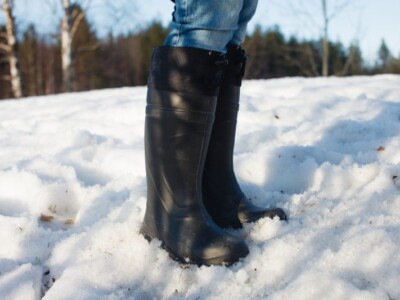Corns and Calluses
Corns and calluses are areas of thick, dry skin that develop when skin is exposed to excessive pressure or friction. They are very common foot problems that can cause pain when you walk. Our highly trained, professional podiatrists can identify the cause of the corn and remove it painlessly.
What are the different types of corns?:
- Hard Corns – (Most common). These are pea-sized and have a small, hard plug of skin in the centre. The plug can press into the skin and cause pain and swelling. Hard corns often occur over bony areas and can be the symptom of feet or toes not functioning properly.
- Soft Corns – These are whitish and rubbery in texture and appear between the toes where the skin is moist from sweat or trapped moisture. They are extremely painful and can sometimes become infected by bacteria or fungi.
- Seed Corns – These are clusters of small, usually painless corns on the bottom of the foot.
- Vascular Corns – These develop on blood vessels and bleed if they are cut. They can be very painful.
- Fibrous Corns – These have been present for a long time and become attached to the deeper layers of skin.
Calluses
Calluses are hard, yellowy or pale areas of skin that can feel rough. They are often wider and larger than a corn and do not have such a defined edge.
Most calluses are the symptoms of an underlying problem like a bony deformity, a particular way of walking or inappropriate footwear. Some people have a natural tendency to form callus because of their skin type. Older people have less fatty tissue in their skin and this can lead to callus forming on the ball of the foot.
Don’t cut corns yourself, especially if you are elderly or diabetic, and don’t use corn plasters or paints which can burn the healthy tissue around the corns. Home remedies, like lambswool around toes, are potentially dangerous
You could use a pumice stone to remove the thickened skin a little at a time, or relieve pressure between the toes with a foam wedge, but if you are unsure of what to do, or need special attention, consult a registered podiatrist/chiropodist who will be able to remove corns painlessly, apply padding or insoles to relieve pressure, or fit corrective appliances for long-term relief.
Book a Podiatry Appointment
OTHER CONDITIONS WE TREAT
What our clients say









